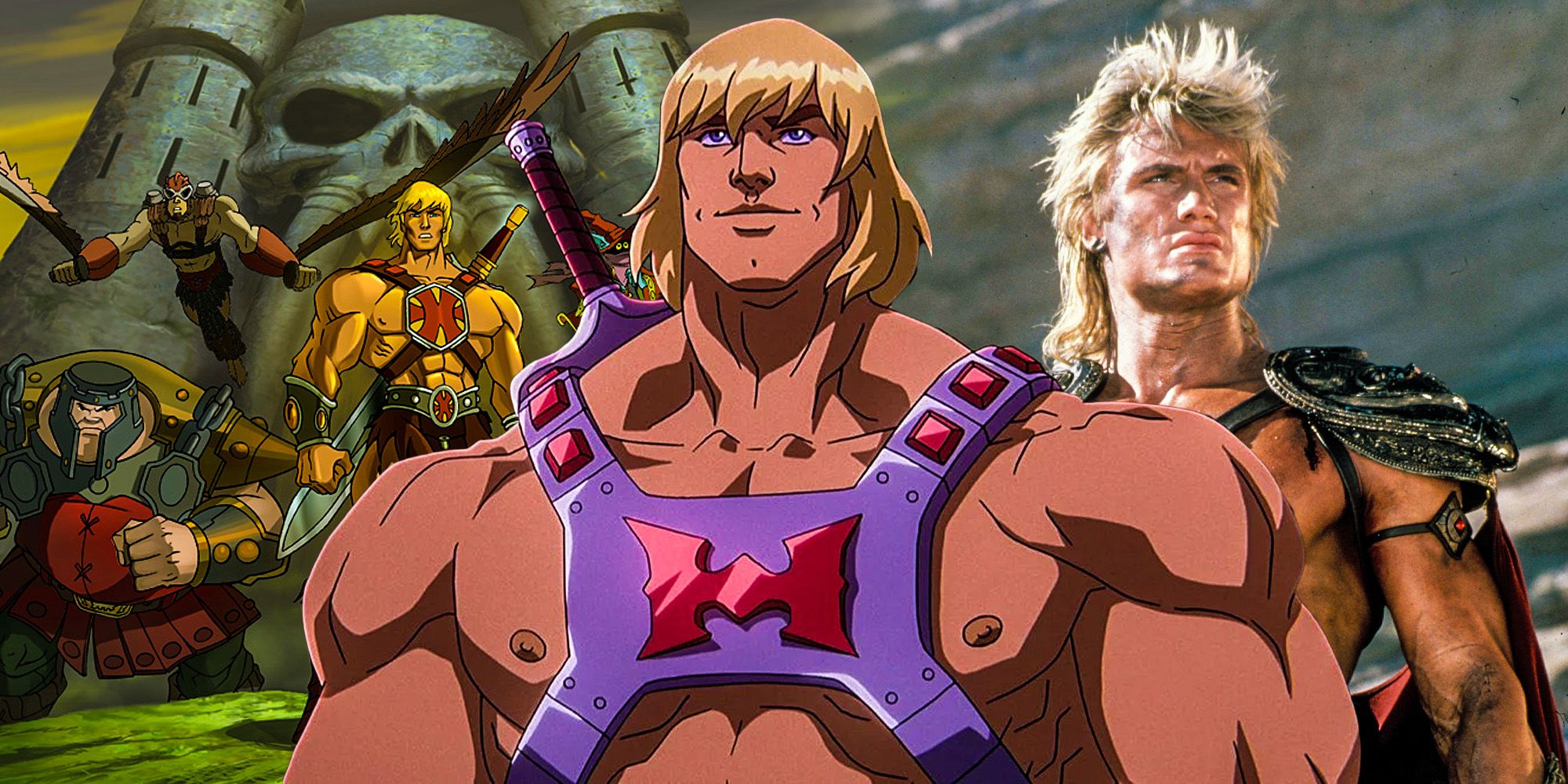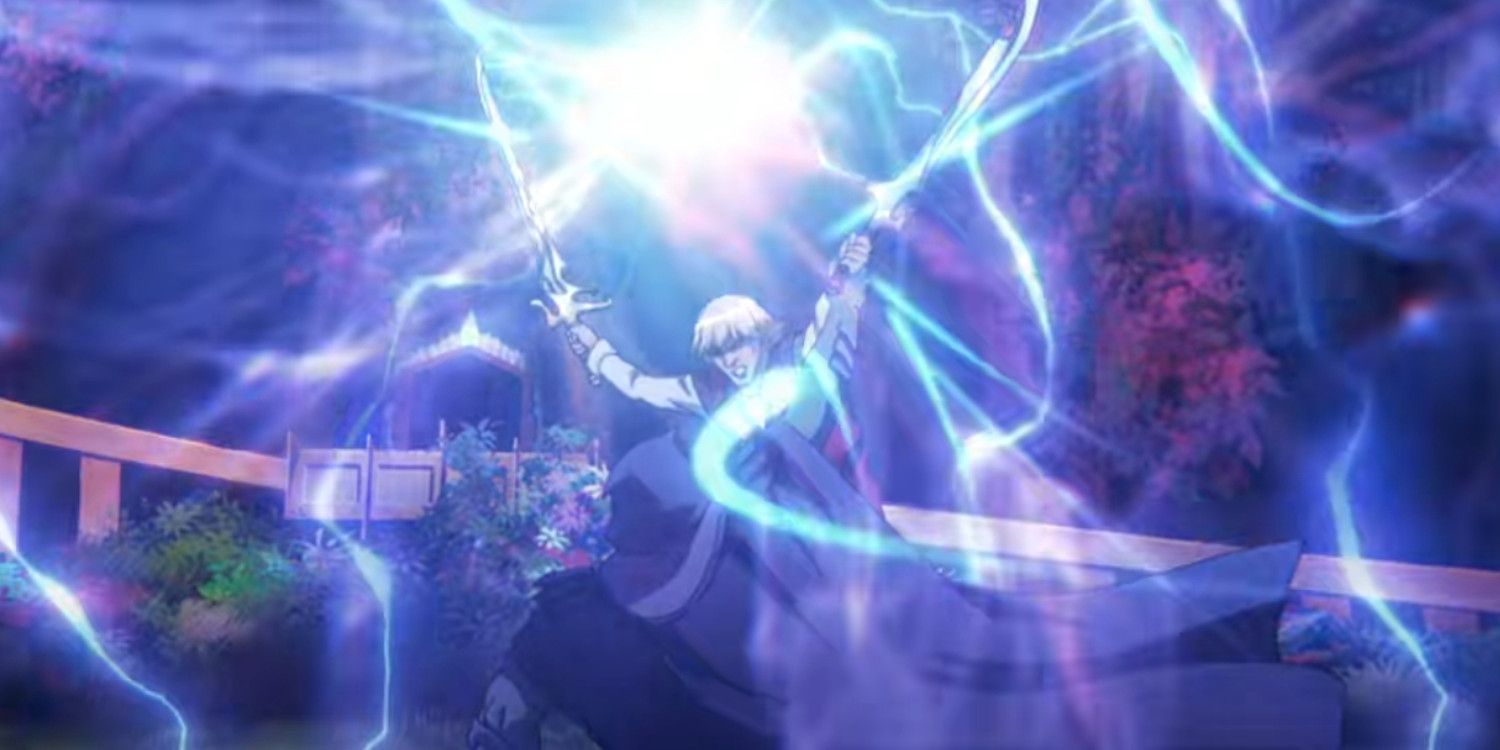Warning: The following contains SPOILERS for Masters of the Universe: Revelation season 1.
Many fans of the classic Masters of the Universe series are wondering if Netflix's Masters of the Universe: Revelation is a sequel or a reboot and how well it honors the legacy of He-Man. There is also some question as to just which aspects of the classic fantasy series starring He-Man and Skeletor the show acknowledges as canon, given that the franchise has been in existence for four decades and given birth to some wildly conflicting histories in that time. Thankfully, Masters of the Universe: Revelation not only honors its roots but also works to reconcile several previously unconnected pieces of lore and mythology.
Masters of the Universe, with He-Man and Skeletor, first appeared in 1981 as a toy line created by Mattel to capitalize on the popularity of Star Wars. This gave rise to the world of Eternia; a realm of magic but also advanced technology, where the peaceful people were threatened by both sinister cyborgs and wicked witches. Protecting this realm were a variety of colorful heroes, the most powerful of which was the muscular He-Man. The villains were equally flamboyant and led by the warlock Skeletor. This base concept has remained constant throughout all incarnations of Masters of the Universe, though the details and backstory have changed over time. For instance, depending on which stories one holds as canon, Skeletor is either a demon from another dimension, a being from Eternia's dark twin planet Infinita, a pupil of the warlord Hordak native to Eternia, or He-Man's evil uncle.
Filmmaker and star of Jay and Silent Bob Kevin Smith, who is the showrunner of Masters of the Universe: Revelation, has described the new series as a continuation of the most popular Masters of the Universe continuity; the 1983 animated series produced by Filmmation. Despite this, the new series draws upon the whole of the Masters of the Universe mythology, adding to the classic storyline rather than rebooting it completely. To give one example, the first episode of Masters of the Universe: Revelation sees He-Man's Sword of Power separated into two different blades. This is a nod to the continuity of the mini-comics that came with the original action figures, where the Sword of Power was formed from two half-swords that were in the possession of He-Man and Skeletor respectively. Many of the early stories centered around Skeletor's efforts to acquire both sword-halves, as the complete Sword of Power acted as a key to the secrets of Castle Grayskull.
Masters of the Universe: Revelation draws upon many continuities in shaping its history. Beyond the original comics, the Netflix series also utilizes several of the key elements that were unique to the 2002 Masters of the Universe reboot animated series, such as the Hall of Wisdom, and it seeks to introduce them into the reality of the first animated series. The season finale, "The Forge at the Forest of Forever," introduces several characters created for the 2009 Masters of the Universe Classics toy line, such as the warriors Vikor and Wundar.
Masters of the Universe: Revelation goes so far as to reference the much-maligned and often slated 1987 live-action Masters of the Universe movie, starring Dolph Lundgren as He-Man. During the season finale, Prince Adam invites Teela to join him on a pair of unwieldy flying disc vehicles, modeled on one of the more infamous vehicles from the low-budget movie, which he teasingly asks her if she remembers. She responds that there are "some things you could never forget," which echoes the sentiments of many fans regarding the live-action Masters of the Universe movie. Yet this shout-out is a clear indicator of how far Masters of the Universe: Revelation goes in referencing and redeeming its source material.


